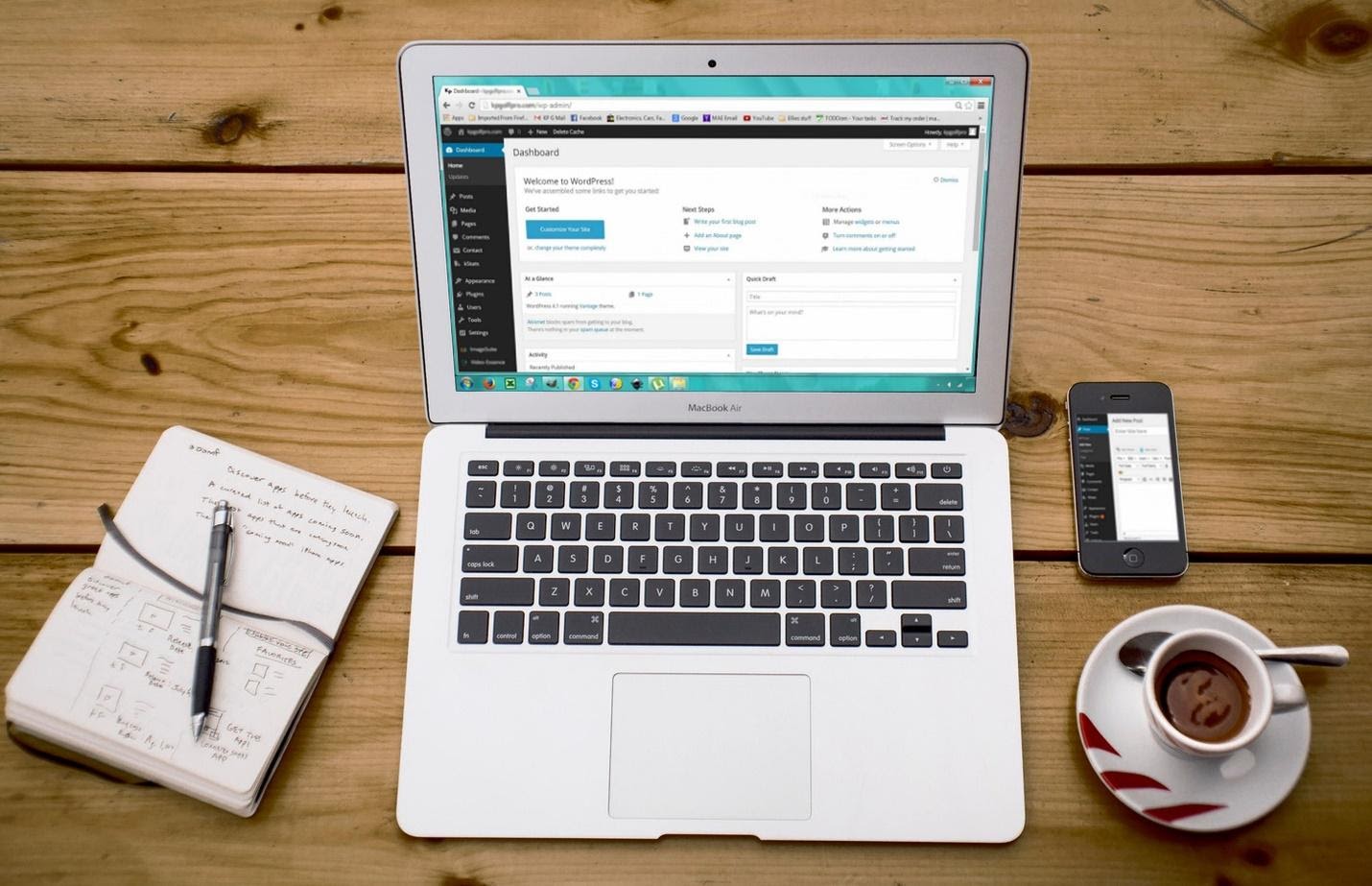
In today’s modern world, it’s highly unusual for a business to not have any presence online. After all, one must keep up with the times— especially in the fast-paced world of the digital age.
If your business is active in the world wide web, you need to take ample security measures to ensure the safety of your digital assets and online accounts. Nowadays, cybercrime is considered more dangerous than physical theft. According to the 2020 Data Breach Investigations Report by Verizon, 70% of online breaches were caused by outsiders, 86% were financially motivated, 43% were web apps attacks, and 27% of malware incidents can be linked to ransomware. Deploying effective security measures is one of the most— if not the most— important investments you can make for your business.
Protecting Your Digital Assets
What are digital assets?
Digital assets are, basically, everything your business has created online. These can include:
- Business website, including the domain name, content, etc.
- Business social media accounts, including posts, uploads, etc.
- Business media (photos, videos, etc.) and information
- Email contact lists and customer/client lists
- Business processes such as manuals or spreadsheets
- Apps and/or products/services you’ve created
- Intellectual property (copyrights, trademarks, etc.)
How to secure your digital assets
- Locate and list them – Start by making a complete list of ALL your digital assets, especially those that are proprietary and originally yours. Make sure you don’t leave anything behind.
- Use protective agreements – Hackers aren’t the only ones you should be wary of. Legally protect your digital assets from potential theft by employees, clients, or consultants by making them sign non-disclosure agreements
- Take ownership of your assets – Another way of legally protecting your digital assets is by correctly registering them through trademarks, copyrights, or patents. You can also include the rights to your content on your website, e-mails, contracts, etc. This way, legal actions will await those who will try to steal your digital assets.
- Limit access – Not everyone in your business needs access to all of your digital assets, including applications. To further ensure the security of your digital property, limit access to only the select few who need to use a certain asset/app. You can also choose who can see, edit, or download your business’ digital assets by setting permissions.
- Invest in cyber insurance – Just like any other insurance, cyber insurance can provide relief and help your business bounce back in case of a cyber-attack. Cyber insurance can cover costs related to the investigation, as well as business losses and more. Investing in a good and legitimate cyber insurance policy can help secure your digital assets eve more.
Protecting Your Online Accounts
Online accounts (website, social media pages, etc.) are part of your digital assets. However, here’s a more detailed list of how to properly secure your online accounts:
Install a firewall on your network
A proper firewall can protect your computer from common cyber hacks, such as malware and phishing. It can be your first line of defense so no hacker can infiltrate your online accounts. Firewalls can prevent suspicious uploads and downloads from your network, as well as unauthorized access on all your accounts. It can also be a great security tool if your business has an online shop and uses a payment terminal. Firewalls can automatically block harmful traffic on your website, therefore strengthening the security of your business’ online platform.
Change usernames and passwords frequently
Social media accounts (Facebook, Instagram, Twitter, LinkedIn, etc.) are great platforms to help your business grow, and you need to secure them as much as you protect your website. If you manage multiple social media sites for your business, it’s imperative that you change the usernames and passwords of each account every 90 days. It also doesn’t hurt to change them more frequently than 90 days. Online accounts with login details that don’t get changed often (or not at all) are more vulnerable to cyber-attacks. The longer usernames and passwords remain the same, the more they’re susceptible to hacks that can compromise your business.
Use a password manager
Setting up a password manager can help you when regularly changing login credentials. Password managers like LastPass or 1Password can manage all of your online accounts’ various login details, as well as store encrypted passwords and generate ultra-secure ones. This provides your accounts with fresh, hard-to-crack passwords at every change. In addition, it prevents you from creating only one or almost-similar passwords for all your social media sites.
Regularly check account activity
If you’re managing multiple online accounts for your business, checking their recent activities should be part of your everyday to-do list. This helps you make sure that nothing suspicious is going on in your sites. You can monitor recent logins and identify a hacking attempt, as well as log out of all sessions and revoke account authorizations for unrecognized devices. Do this and you can stay one step ahead of cybercriminals.
Use two-factor authentication
For extra protection, consider enabling two-factor authentication for your online accounts. Also known as 2FA, it requires the user to prove his/her identity using other means of verification, such as a one-time password (OTP) sent through SMS, after entering the main password. Two-factor authentication prevents hackers from having access to your social media accounts even if the main password is compromised, therefore adding another layer of security to your business.
Keep an eye on page roles
Your routine inspection of all your online accounts should include assessing and monitoring who has access to each one of them. For example, Facebook lets business owners assign page roles so they can determine who gets full access (admin), moderate access (editor, moderator), and very limited access (advertiser, analyst). By checking your accounts and making sure that all roles are aptly assigned, you can prevent any security mishap and in the event of one, it’ll be easy to narrow down the culprit.
Beware of public wireless connections
If you or your chosen employees are managing your business’ online accounts from an office, then you probably have a secure internet connection and don’t have to worry about cyber-attacks from wireless networks. However, if your business is operating on a remote setup, you should keep an eye on the select few who manage your company’s social media sites.
The best thing to do is to educate them about the dangers of public wireless connections. Wi-Fi connections at public places such as coffee shops, restaurants, libraries, etc. are not secure enough to ward off lurking hackers and are usually a hotbed for a wild mix of cyber-attacks. As much as possible, don’t access business online accounts using public wireless connections. If it can’t be helped, make sure that the devices you or your employees will be using are fully equipped with strong security tools to prevent hackers from infiltrating any of your accounts.



